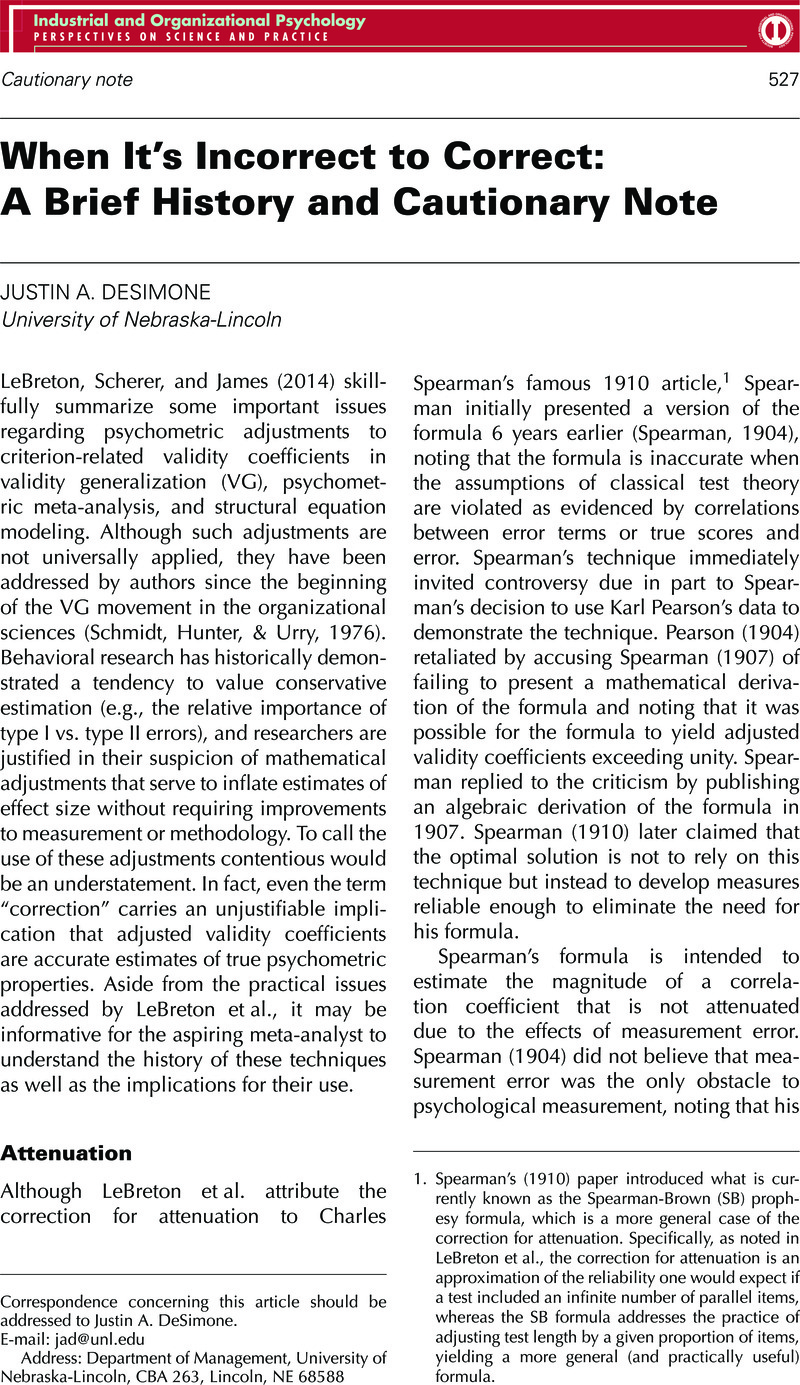Crossref Citations
This article has been cited by the following publications. This list is generated based on data provided by Crossref.
DeSimone, Justin A.
Köhler, Tine
and
Schoen, Jeremy L.
2019.
If It Were Only That Easy: The Use of Meta-Analytic Research by Organizational Scholars.
Organizational Research Methods,
Vol. 22,
Issue. 4,
p.
867.
DeSimone, Justin A.
Brannick, Michael T.
O’Boyle, Ernest H.
and
Ryu, Ji Woon
2021.
Recommendations for Reviewing Meta-Analyses in Organizational Research.
Organizational Research Methods,
Vol. 24,
Issue. 4,
p.
694.
Teimouri, Yasser
Plonsky, Luke
and
Tabandeh, Farhad
2022.
L2 grit: Passion and perseverance for second-language learning.
Language Teaching Research,
Vol. 26,
Issue. 5,
p.
893.





